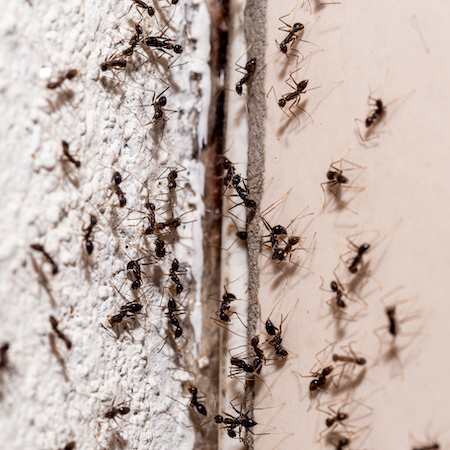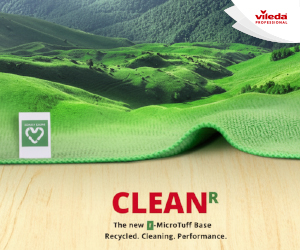UNISON’s survey of almost 9,000 health workers underlines the poor condition of much of the NHS estate. Ahead of the union’s annual health conference in Liverpool next week, it has revealed that 17% of staff do not believe their building is safe.
UNISON says that rats, cockroaches, silverfish and other pests are a regular hazard in NHS buildings plagued with sewage leaks, defective lighting, broken toilets and crumbling ceilings.
Around one in six hospital staff (16%) say they’ve seen vermin inside their buildings in the past 12 months. A similar proportion (16%) report evidence of other infestations such as silverfish, ants and cockroaches.
Silverfish thrive in damp conditions, while cockroaches and vermin can carry diseases such as E. coli and salmonella.
More than half of NHS employees (52%) say they’ve seen buckets catching leaking water in their workplace buildings in the past year, while almost a quarter (23%) have witnessed sewage leaks.
Over a quarter (28%) say public toilets in their hospitals have been out of order for extended periods. Things are even worse for NHS employees, with three in ten (30%) reporting broken staff loos.
The union says there is evidence of deterioration everywhere in the wider NHS estate as almost half of those polled (47%) say lifts are out of order, over a quarter (27%) complain about defective lighting and one in five (21%) warn of crumbling ceilings.
“This survey paints a worrying picture of an NHS system that’s falling apart at the seams and in need of a serious overhaul,” says UNISON Head of Health Helga Pile.
“Previous governments made wildly exaggerated claims about building new hospitals and raided pots of cash earmarked to improve the NHS estate. The NHS should be fit for the 21st century, not a crumbling Dickensian relic. Fixing the damage done by years of neglect isn’t going to be a five-minute job.
“Money needs to be made available immediately to sort out the worst of the problems. Longer-term investment plans must be sped up and maintenance budgets spared the axe. If operations are cancelled and wards closed because of pests and sewage leaks, delays and waiting times will only get worse.”
Backlog maintenance
The impact of the growing levels of backlog maintenance – which stands at £13.8bn in the 2023/24 return – and the risk this poses to the quality and safety of patient services will feature in a Managing Risk session at HEFMA’s 2025 National Leadership Forum, on Thursday, May 15. Join us for some key takeaways about how to manage and mitigate the problems caused by backlog maintenance. Register for your place here.










